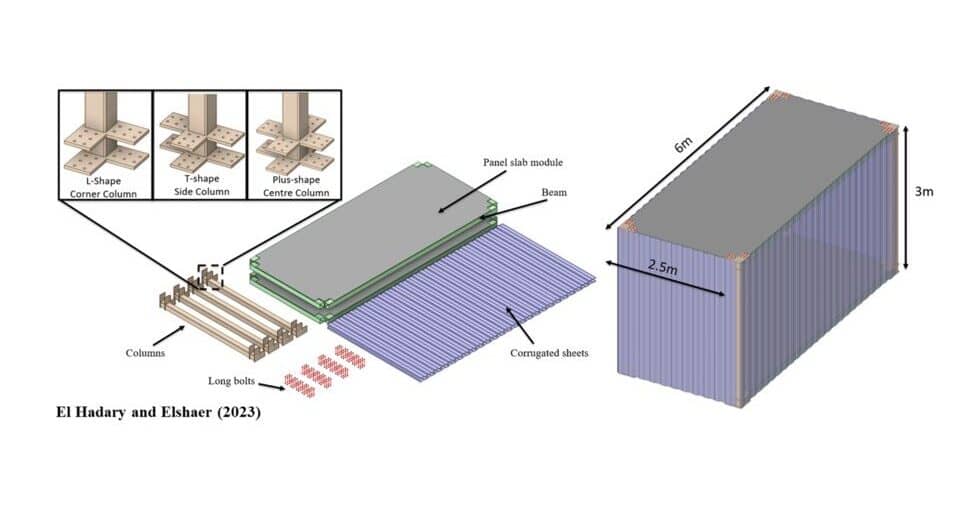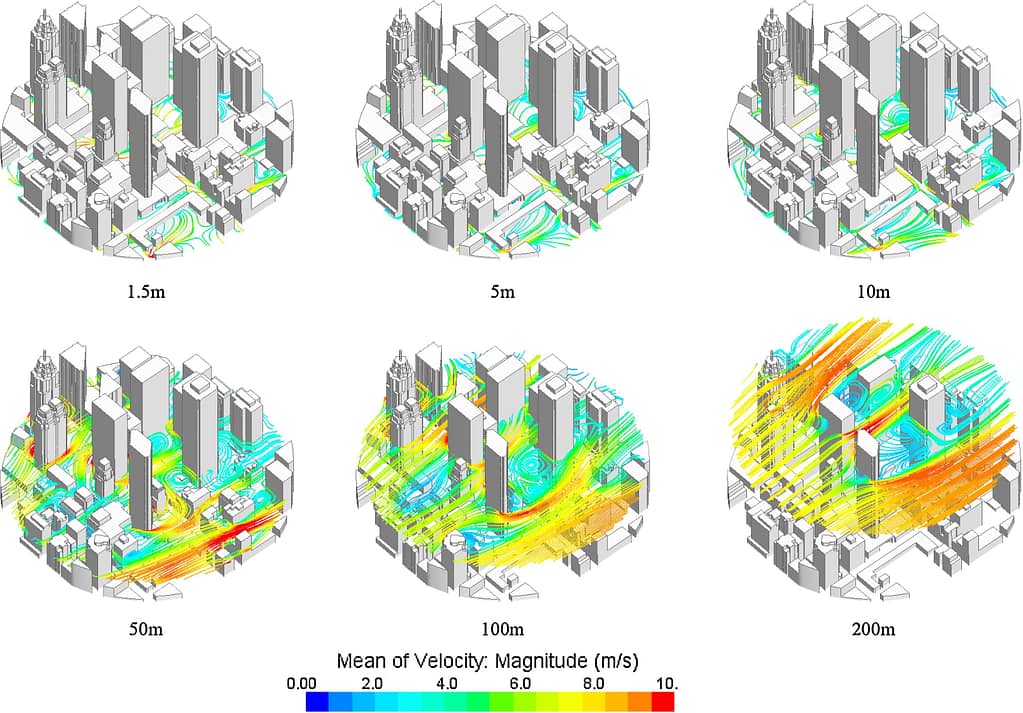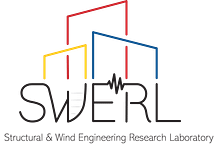What is SWERL?

SWERL stands for Structural and Wind Engineering Research Laboratory. The unifying theme of SWERL‘s research is identifying problems affecting the resiliency and sustainability of our built environment, and finding solutions for these problems throughout assessment, design, mitigation and optimization. Our current research projects work on the following research areas:
- Wind Engineering (wind-structure interaction, aerodynamics and wind load evaluation)
- (Artificial Intelligence)-based optimization
- Finite element and applied element methods
- Multihazard risk assessment and mitigation of structures and cities
- Structural dynamics and wind flow simulations using High-performance computing (HPC)
Selected Reseach Projects

Indigenous Housing Solutions
Supported by NSERC-DG, a research project was conducted (and on-going) to develop a modular construction solution that is tailored to address the Indigenous housing challenges in Northern Canada. Activities included climate hazard characterization for the region to account for climate change, assessment of various structural systems and materials for resilience against extreme wind loads and cold temperatures, and improvement of modular designs for efficiency and climate resistance. The research, carried out at SWERL, accurately quantified wind impacts on structures through Wind Tunnel (WT) testing and Computational Fluid Dynamics (CFD) models. Experimental testing, cold chamber tests, and finite element analysis were utilized to evaluate the structural and thermal performance of different systems and materials.

Machine Learning in Structural Optimization
A research project was conducted (and on-going) at SWERL to enhance the sustainability and resiliency of buildings and urban environments through advanced methodologies in Machine Learning, Digital Twinning, and Optimization. A Machine Learning framework, known as the Structural Wind Optimization Framework (SWOF), was developed to perform topology optimization of tall buildings subjected to wind load. Various surrogate models, including Deep Neural Networks, Support Vector Machines, and Convolutional Neural Networks, were examined to aid the Genetic Algorithm in identifying the optimal structural configuration. This process utilized finite element analysis for performance assessment and Computational Fluid Dynamics (CFD) for wind load evaluation.

Wind Load Evaluation on Structures
Research was conducted to advance various experimental and numerical methods to significantly improve the precision in quantifying wind loads on structures. A consistent discrete random flow generator (CDRFG) was co-developed to enhance the accuracy of numerical wind modeling, particularly using large eddy simulation (LES). This technique accurately matches target wind spectra and coherency functions while ensuring flow continuity. Extensively validated against wind tunnel data, CDRFG proves superior in accuracy and adaptability for high-performance computations compared to other methods. At SWERL, further improvements to the generator were made to address turbulent kinetic energy dissipation and the stability of the flow along the computational domain. This approach has been applied in various research and industrial projects.
Team lead

- Ph.D., University of Western Ontario, Canada
- MBA, Lakehead University, Canada (in progress)
- M.Sc., Cairo University, Egypt
- B.Sc., Cairo University, Egypt
- Councillor (Board member), Professional Engineering Ontario (PEO) (2024-2026)
- Vice-Chair, Structures Division, Canadian Society of Civil Engineering (CSCE), 2023-Current
- Program Coordinator, PhD in Civil Engineering
- Program Coordinator, PhD in Biotechnology
- Warden, Iron Ring (Seven Wardens), Camp 21 (2023-current)
Mission Statment

Our Goal:
“Our goal is to create innovative structural solutions that address the major challenges of our built environment, ensuring a sustainable and resilient future for generations to come”
